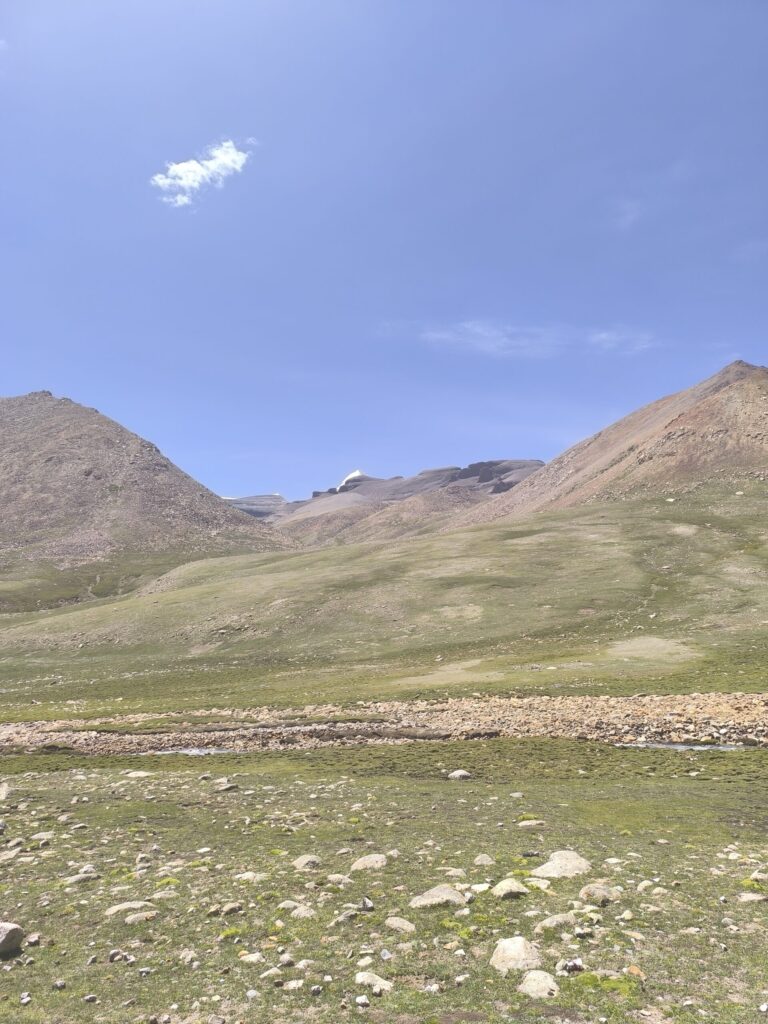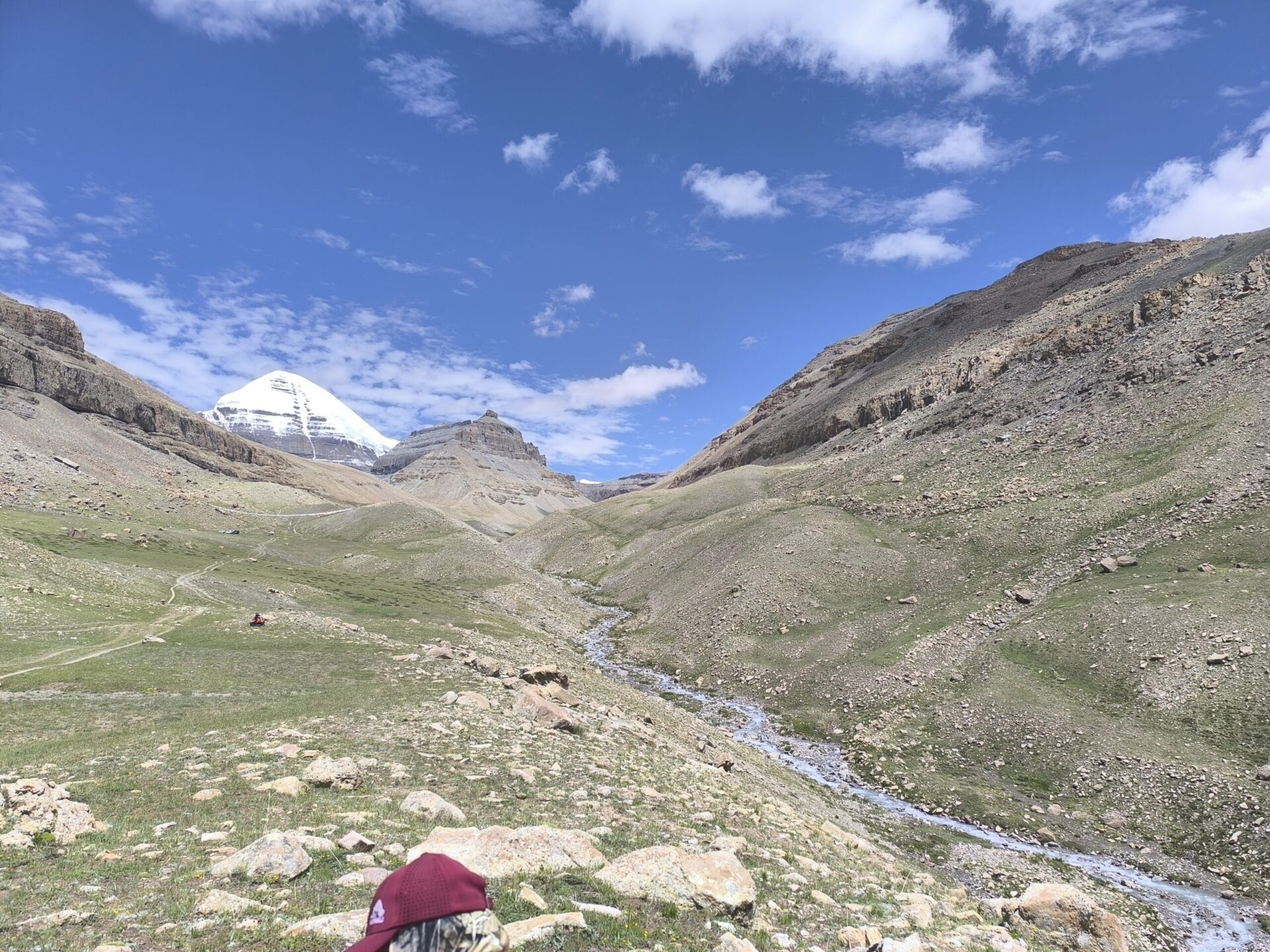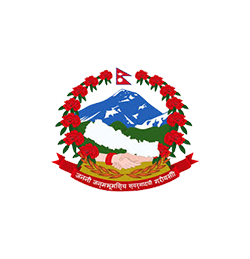Mount Kailash, known in Tibetan as Gang Rinpoche, meaning “Precious Jewel of Snow,” is one of the most sacred destinations on Earth. Every year, thousands of pilgrims and travelers from around the world journey to this remote corner of western Tibet to perform the Kailash Manasarovar Yatra—a spiritual experience like no other.
But when is the best time to visit Mount Kailash and Lake Manasarovar? In this guide, we break down the weather conditions, travel experiences, and sacred timings month-by-month to help you plan your once-in-a-lifetime journey with clarity and confidence.
Ideal Weather for Kailash Manasarovar Yatra: May to June & September to October
If you’re looking for the best weather, the months of May, June, September, and October are your golden window. These periods offer clear skies, crisp air, and breathtaking views—perfect for trekking and performing the spiritual kora (circumambulation) around Mount Kailash.
Weather Overview (in °C and mm Rainfall)
| Month | Max Temp | Min Temp | Rainfall |
|---|---|---|---|
| May | 7.1°C | -6.8°C | 21 mm |
| June | 11.3°C | -1.9°C | 32 mm |
| September | 8.8°C | -2.8°C | 54 mm |
| October | 3.7°C | -9.8°C | 24 mm |
These months are marked by stable weather and comfortable trekking temperatures, allowing for unforgettable sunrises, deep-blue lakes, and snow-capped Himalayan backdrops. Whether you’re a devout pilgrim or a curious traveler, these are the most recommended months to visit Mount Kailash.
Visiting in July & August? Still Possible!

While July and August fall under the Tibetan monsoon season, don’t let the word “monsoon” scare you. The rains here are usually light and scattered, and the landscape becomes even more mystical—with clouds swirling around the sacred peak and fresh alpine air enhancing your experience.
Weather Overview
| Month | Max Temp | Min Temp | Rainfall |
|---|---|---|---|
| July | 12°C | 1°C | 107 mm |
| August | 11.3°C | 0.8°C | 119 mm |
While the trails may be a bit slippery, the temperature remains relatively mild. Many still choose to trek in these months for the spiritual ambiance and lush scenery. Just be sure to pack waterproof gear and sturdy shoes.
Travel Tip: Avoid using umbrellas at high altitudes. Instead, bring a reliable raincoat, waterproof backpack cover, and grippy hiking shoes.
Winter at Mount Kailash: November to April – Not Recommended
The harsh winters in western Tibet make November to April an extremely challenging time to visit Mount Kailash. The sub-zero temperatures, strong winds, and heavy snowfall often block roads and trails, making it nearly impossible to reach the region.
Winter Weather Snapshot
| Month | Max Temp | Min Temp | Rainfall |
|---|---|---|---|
| November | -1.4°C | -14.4°C | 6 mm |
| December | -4°C | -16.8°C | 16 mm |
| January | -6°C | -18°C | 42 mm |
| February | -5.1°C | -16.6°C | 27 mm |
| March | -2.2°C | -12.8°C | 40 mm |
| April | 3.1°C | -9.6°C | 24 mm |
Due to extreme cold and limited accessibility, tourism comes to a halt during these months. If you’re planning to explore Tibet in winter, consider visiting places like Lhasa or Shigatse instead.
Spiritually Powerful Time to Visit: Saga Dawa Festival (May or June)
If you want to experience Kailash at its most spiritual peak, plan your journey around the Saga Dawa Festival, which usually falls in May or June (based on the Tibetan lunar calendar). This sacred month commemorates the birth, enlightenment, and death of Lord Buddha.
Thousands of devotees gather at Mount Kailash during this time, creating an electrifying and emotional atmosphere. The giant flagpole-raising ceremony in Tarboche is a major highlight. For spiritual seekers, this is the best time to perform the Kailash kora.
Important Note: Accommodations in Darchen and near the lake fill up quickly during this period. Booking in advance is essential.
Sacred Zodiac Years for Pilgrimage: Horse Year & Goat Year
According to Tibetan tradition, the Horse Year is considered the most auspicious time to circumambulate Mount Kailash, while the Goat Year is ideal for completing the Lake Manasarovar kora.
- One kora around Mount Kailash in a Horse Year is believed to be equivalent to 13 koras in any other year.
- Even if you’re not Tibetan, many pilgrims choose these years for maximum spiritual benefit.
The next Horse and Goat years fall according to the Tibetan zodiac calendar, so check the dates if you’re planning a highly spiritual journey.
Final Thoughts
Mount Kailash and Lake Manasarovar are more than just destinations—they are places of deep spiritual transformation, physical challenge, and natural beauty. For the best experience, May to June and September to October offer the ideal balance of weather, accessibility, and breathtaking views.
For a more spiritually immersive journey, time your visit with the Saga Dawa Festival or plan during the Horse Year. And if you’re seeking a different kind of magic, the monsoon season in July and August can be a refreshing surprise.
Ready to Begin Your Journey?
Whether you’re a spiritual seeker or an adventurous soul, we can help you plan the perfect Kailash Manasarovar trip—from securing permits to booking flights, guides, and accommodations.







